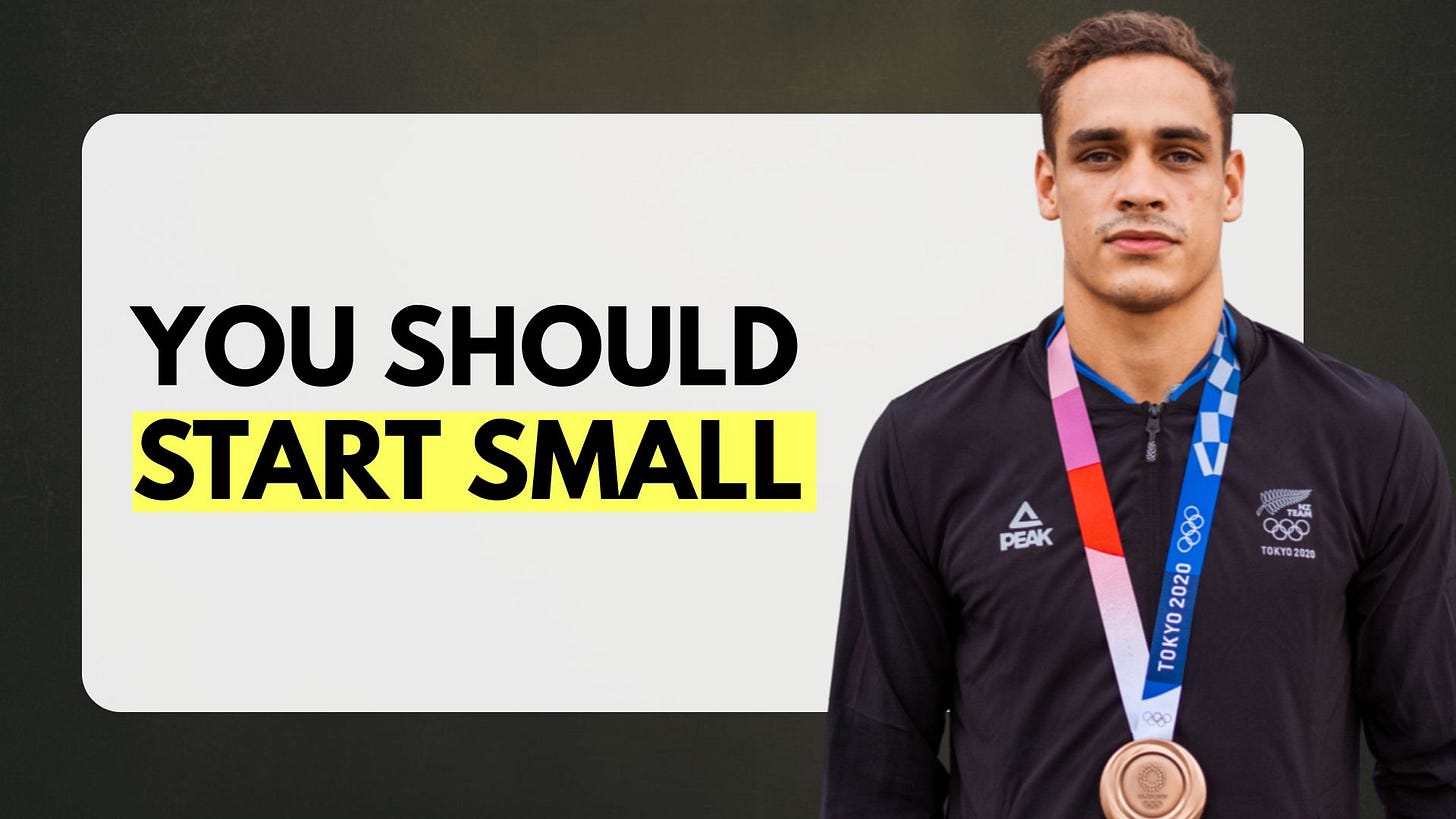Start Smaller Than You Think
A guide to how to build great things, lessons learnt from working with Olympians and other elite organisations
We’ve all been trained to think big.
Big vision. Big systems. Big impact.
It’s how strategy decks are written, how consultants pitch, and how executives reassure boards that the future is under control.
The trouble is, I now think that this approach is starting to look … really really slow.
The contrast between the leaders I work with that are moving fast r…
Keep reading with a 7-day free trial
Subscribe to Chris Dunlop's Substack to keep reading this post and get 7 days of free access to the full post archives.


